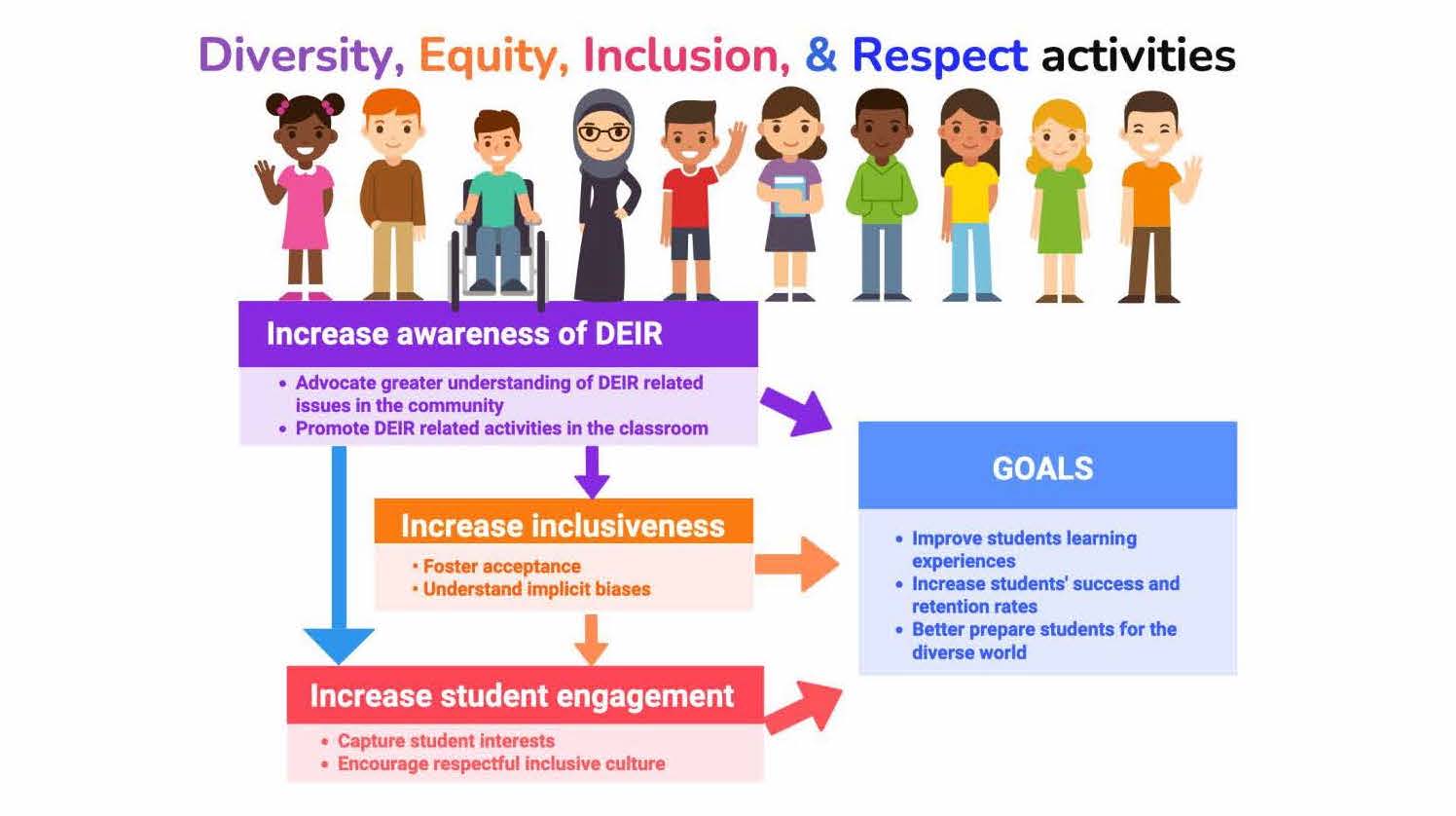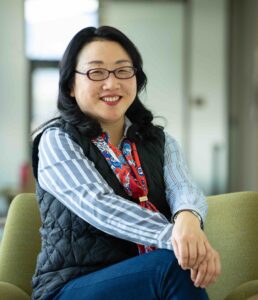
Akiko Nakamura, an assistant teaching professor in the Department of Chemistry, has been awarded a $10,000 mini-grant from the Office of Inclusive Excellence leadership team for her proposal titled, “Diversity and Inclusion Value Equity (D.I.V.E.).”
This fall, the Equity and Inclusion Network sought proposals from the CSU community that focused on seeking ways to advance diversity, equity, inclusion and justice at CSU.
Nakamura aims to encourage and facilitate opportunities to incorporate DEI into core STEM classrooms. Through this grant, she and collaborator Arlene Nededog, College of Natural Sciences director of inclusion, will create a framework and provide resources to CSU faculty to add DEI and the social sciences discussion into core science curriculum.

Toolbox of resources
Nakamura and Nededog joined forces to discuss the importance of adding DEI into traditional STEM courses and plan to develop a toolbox of resources for other faculty to add into their traditional science classrooms. The D.I.V.E. project provides curricular guidance for students to value diversity, equity and inclusion within their CSU STEM classrooms and broader community.
“There are many STEM faculty members that are interested in DEI issues but don’t know how to incorporate these concepts into their classrooms,” Nakamura said. “By creating templates, videos, and other resources, we hope to remove a barrier to entry into this social science for CSU faculty.”
The project isn’t something new for Nakamura. In her courses, Nakamura provides opportunities for students to participate in various campus DEI events and post reflections and engage in conversation with others. The activities offer a few easy grade points, something students appreciate, and she’s found that students turn from skeptical to appreciative upon completion of the assignment. These opportunities “provide awareness, ask students to engage in the conversation, and create environments to respect other perspectives,” she said. “It plants the seed.”
Learning how to disagree but coexist
After attending a DEI event, one student noted “how important it is to be able to disagree with someone but still be able to coexist and tolerate other individuals, races and cultural groups, (but) young adults/professionals have a very difficult time understanding this balance on how to disagree with someone yet still be able to get along and coexist with them.”
Nakamura also aspires to showcase diversity in various fields of science via online resources for students. One example of this is the Diversity in Chemistry website – a site dedicated to highlighting chemists from various backgrounds and disciplines.
“The ability for students to visualize themselves within their future career and discipline in addition to seeing that the environment is inclusive and welcoming cannot be understated,” noted Nakamura. “We are excited to make strides to narrow the gap between social sciences and traditional sciences through this pilot program.”